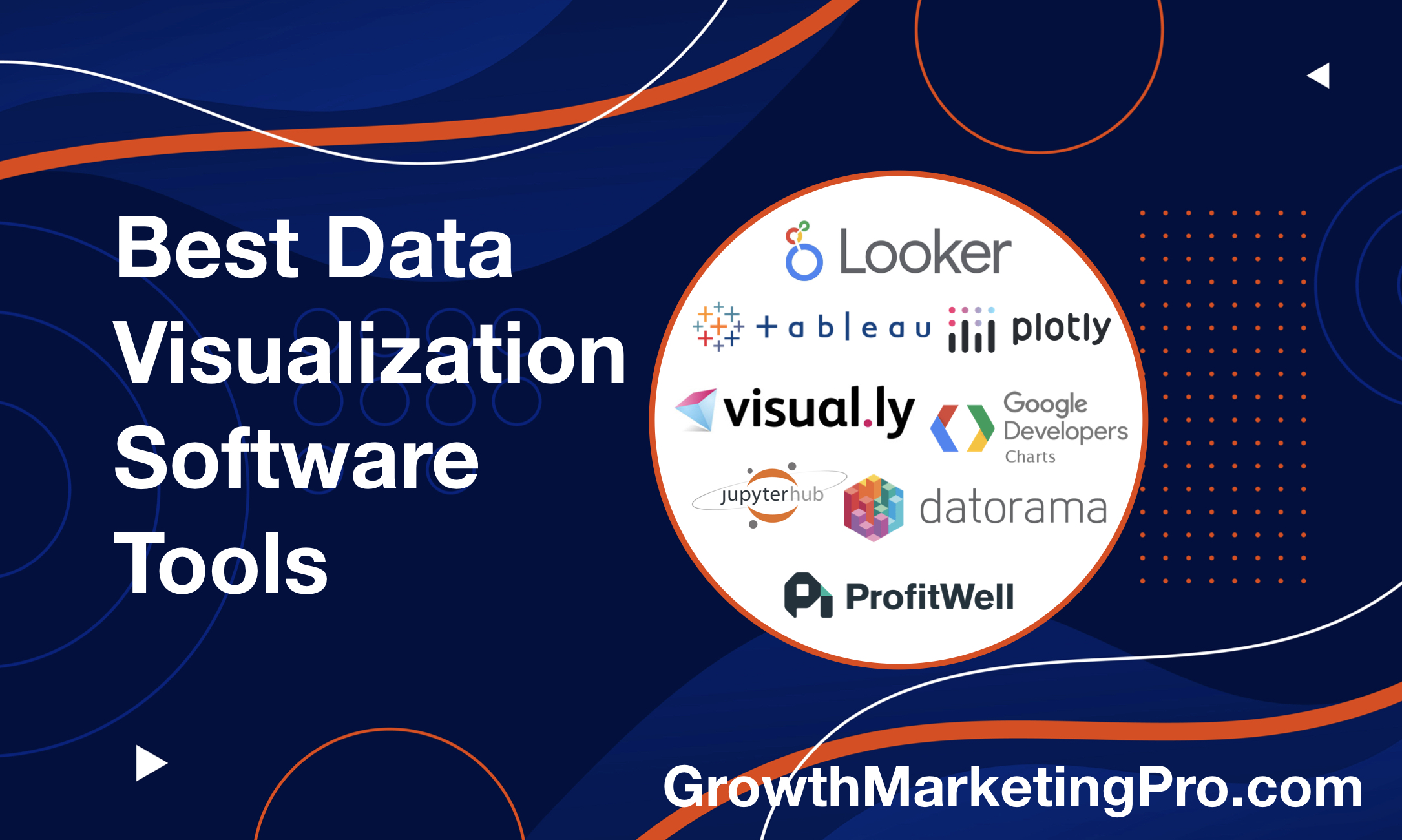Case Journeys
Exploring intriguing stories and insights from around the world.
Graphs Gone Wild: When Data Takes the Stage
Unleash the power of data visualization! Discover how graphs can wow audiences and transform complex info into captivating stories.
Unlocking the Secrets of Data Visualization: How to Make Your Graphs Stand Out
Data visualization is an essential tool in today's information-rich world. To create impactful and memorable graphs, it is vital to understand the underlying principles of effective data visualization. First, consider your audience and tailor the visual elements accordingly. Simplicity is key; avoid clutter by limiting the number of colors, shapes, and labels. A clear and focused graph ensures that your message shines through. Additionally, utilizing visual hierarchy allows viewers to grasp the most critical aspects of your data quickly. Highlighting trends and key insights can be achieved by employing techniques such as contrasting colors and varying line thicknesses.
Another secret to elevating your data visualization is the power of storytelling. Every effective graph should tell a story, guiding the viewer through the data instead of merely presenting numbers. To achieve this, consider using the following techniques:
- Start with a clear narrative: Determine the message you want to convey before creating your graph.
- Incorporate annotations: Use labels and callouts to emphasize key points and provide context.
- Choose the right type of chart: Select charts that best represent your data, whether it's a line graph for trends or a bar chart for comparisons.

The Power of Color in Graphs: Enhancing Data Interpretation
The power of color in graphs cannot be overstated, as it plays a crucial role in enhancing data interpretation and making complex information more accessible. Utilizing a well-chosen color palette can guide the viewer's eye, helping them to quickly identify trends, patterns, and outliers. For instance, a study of color psychology reveals that different colors evoke varied emotional responses, which can be strategically employed in data visualization. By leveraging hues such as blue for stability or red for urgency, one can create a visual narrative that resonates with the audience.
Moreover, employing color effectively can aid in data categorization and facilitate clearer comparisons. Implementing consistent color coding across graphs can enhance understanding, allowing viewers to associate specific shades with corresponding data sets. Consider these tips when designing your graphs:
- Choose a limited color palette to avoid overwhelming the reader.
- Ensure sufficient contrast between colors for improved visibility.
- Utilize color-blind friendly palettes to ensure inclusivity.
Are You Misinterpreting Your Data? Common Graph Pitfalls to Avoid
When analyzing data, misinterpreting your data can lead to misguided decisions and strategies. One common pitfall is the use of misleading scales on graphs. For instance, if the vertical axis is not appropriately adjusted, small differences may appear exaggerated, while significant changes might seem negligible. To avoid this, always check that the scale of your graphs corresponds accurately to the data represented, ensuring a clear and honest depiction of trends. Graph integrity is crucial for effective communication of information.
Another common mistake is neglecting the context of the data being presented. Without proper labeling and clear titles, viewers may draw incorrect conclusions from a graph. Be sure to include descriptive titles, axis labels, and legends where necessary. Additionally, consider providing brief annotations or explanations for complex data sets to guide your audience through the visual narrative. By prioritizing context, you can help ensure that your audience interprets your data accurately and effectively.